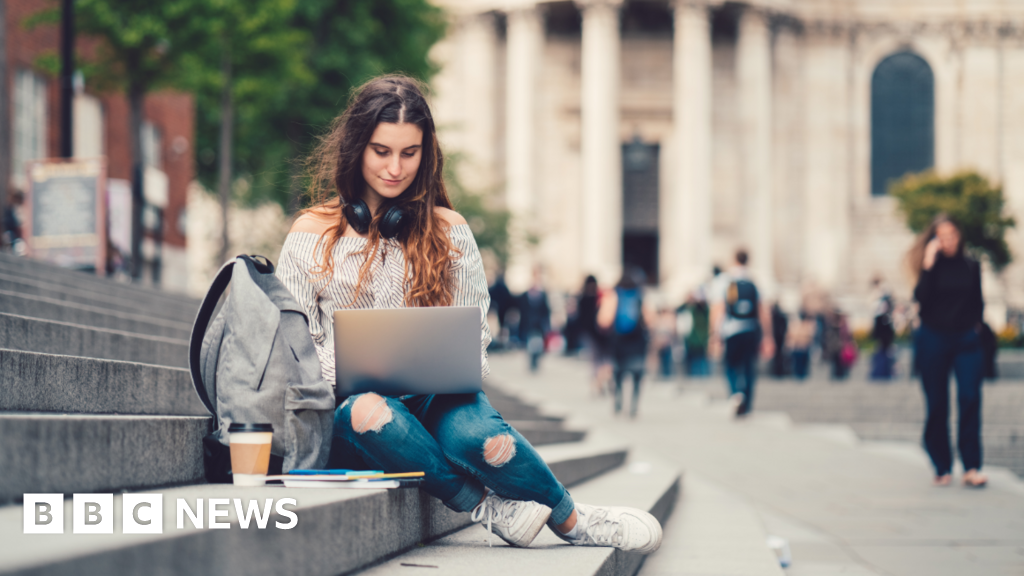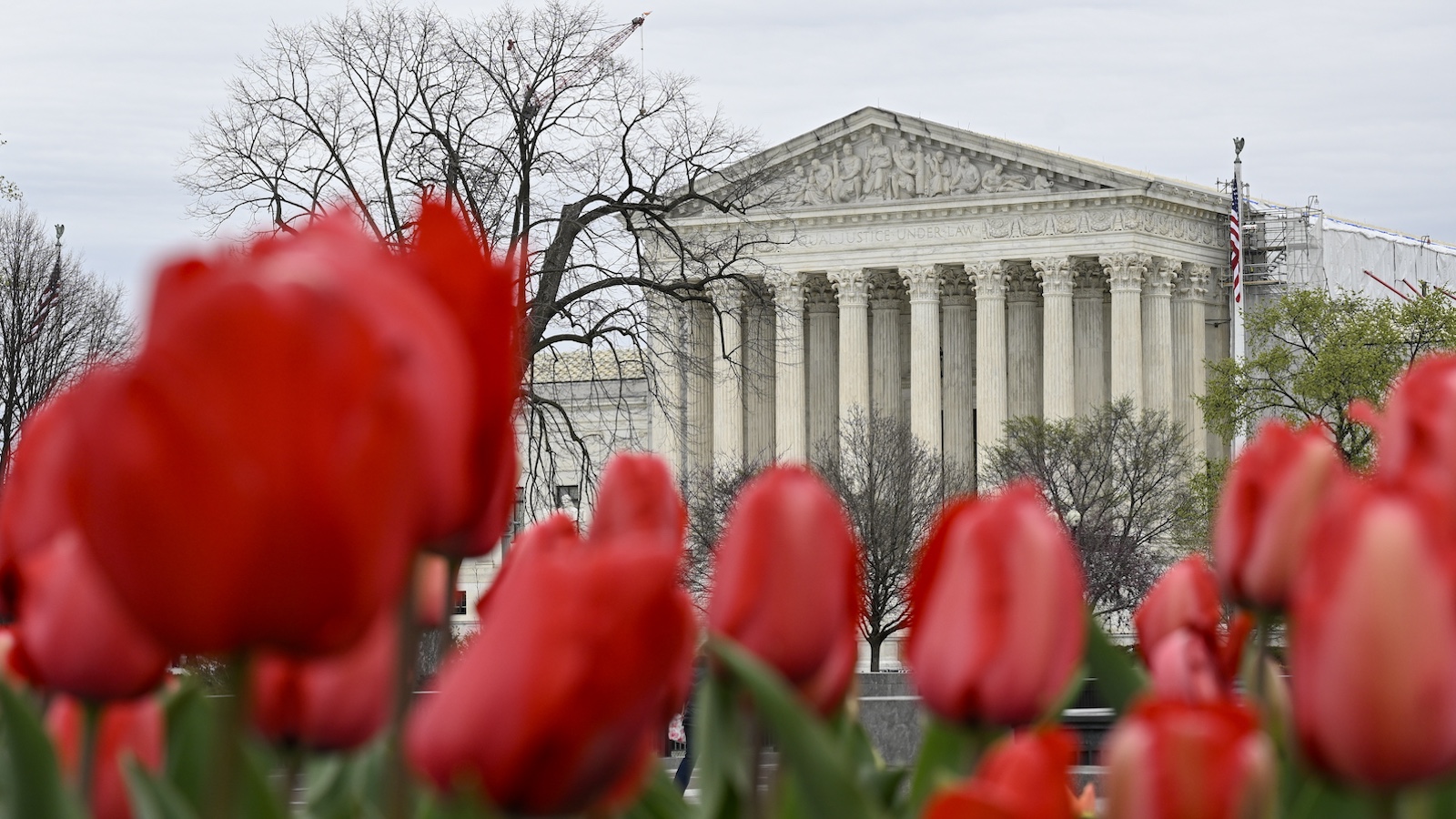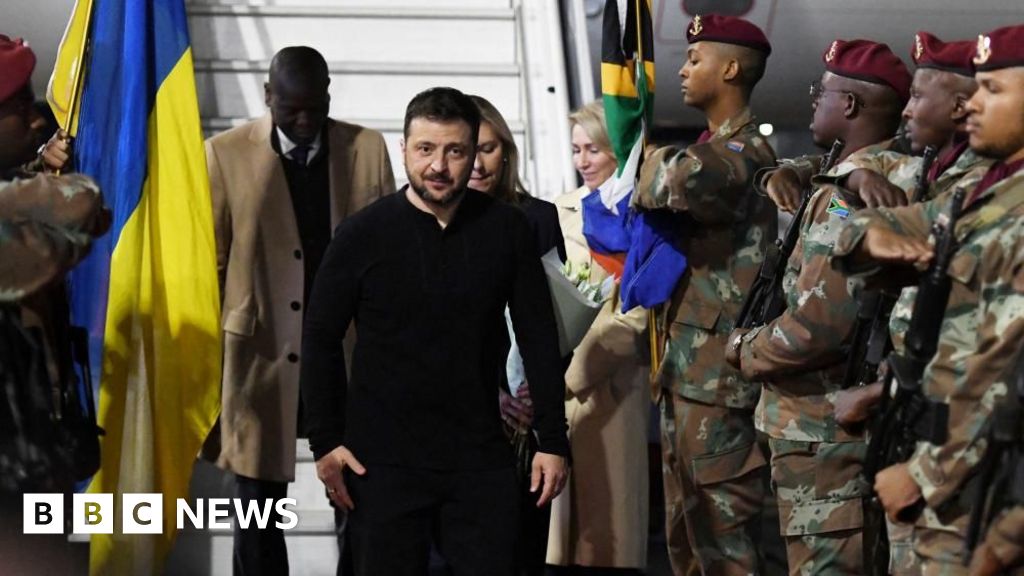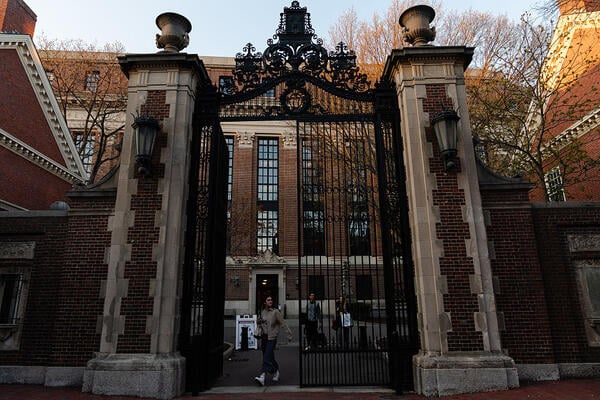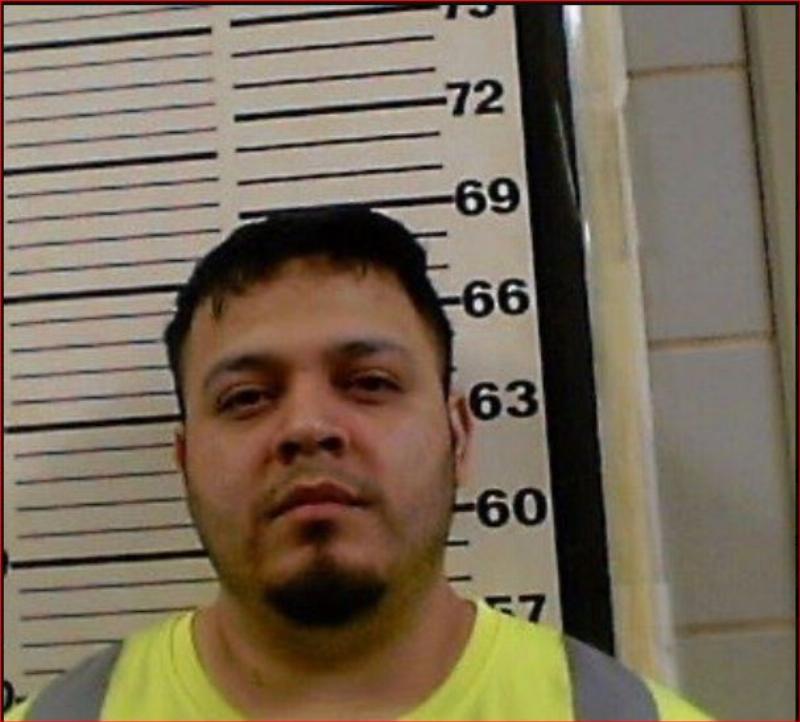Bomb Threat During Pro-Palestine Protest at Barnard College Raises Serious Concerns

In a troubling incident last month at Barnard College, a bomb threat coincided with a pro-Palestine student protest, leading to the arrest of nine demonstrators by the New York City Police Department (NYPD). The situation escalated quickly, drawing local and national media attention. However, reports from several outlets suggested that the protesters were somehow linked to the bomb threat. A particularly sensational headline read, Several Barnard College protesters in custody after bomb threat made during sit-in. This interpretation not only mischaracterized the events but also ignored a crucial detail: the protesters were, in fact, the intended targets of the threat.
This revelation has sent shockwaves throughout the Barnard community, prompting alarm among faculty and students alike. Many are now facing interrogations by school officials regarding the threat while also dealing with potential violations of the student code of conduct. Faculty members and legal advisors working with the protesters have expressed serious concerns that information derived from these inquiries may be shared with government authorities. This is particularly alarming given that Barnard could face significant pressure to disclose student information to Congress, where some Republican lawmakers have unjustly labeled student protesters as terrorists amid ongoing investigations into antisemitism on college campuses.
In response to inquiries from The Intercept, a Barnard spokesperson referenced a tweet from the NYPD that stated, The NYPD is responding to a bomb threat at the Milstein Center at Barnard College and is evacuating the building. Anyone who refuses to leave the location is subject to arrest. Please stay away from the area. However, the spokesperson failed to clarify that the bomb threat targeted pro-Palestine students, a crucial point that appears to have been overlooked in the official communication.
Barnard College, which is affiliated with Columbia University, has not provided clear answers to several pressing questions: when exactly police were called to campus, why students are being questioned about the bomb threat, what information would be relayed to Congress, and why it has not publicly acknowledged that the protesters were the target of the threat. Homa Zarghamee, an economics professor at Barnard, expressed frustration, noting, The fact that these students were targets does not seem to have been made clear. She also highlighted the lack of expected support from the administration for students facing such a serious threat, particularly during these heightened safety concerns.
Thea Abu El-Haj, a professor of education at Barnard, echoed Zarghamee's sentiments, stating, We have never heard from the administration this time, or truthfully any time in the past is anything about the fact that this was a threat made to our students, who we need to remember, again and again, are being disciplined for peaceful protest against the Israeli war on Gaza. Abu El-Haj added that the prevailing narrative from the administration has positioned the protesters as the source of the threat rather than the victims.
Further compounding the issue, a screenshot of the bomb threat obtained by The Intercept reveals that the sender, using the email address pardonderek@mail2tor.com, had declared their intention to harm anti-white faggot terrorists/communists that are protesting, specifically targeting the pro-Palestine activists. In a subsequent email sent to the Columbia University Apartheid Divest coalition, Barnard's President Laura Ann Rosenbury confirmed that students, faculty, and staff had to evacuate while the NYPD and its bomb squad investigated the threat. She noted that the school had requested police not to arrest protesters during this operation.
Later that evening, Rosenbury addressed the bomb threat in communication with the entire school community, referring to the disturbing and unacceptable events that unfolded in Milstein prior to the threat. In her statements, she accused the protesters of disrupting classes and studies, ultimately blaming them for putting the entire school community at risk by not complying with evacuation orders after the threat was reported. She wrote, Our staff, at risk to their own personal safety, remained in the Milstein lobby, urging the masked disruptors to take the threat seriously. Rosenbury's comments suggested a narrative that shifted blame onto the protesters rather than recognizing them as victims of a violent threat.
At the time of the incident, both school administrators and the NYPD did not disclose that the bomb threat was directed at the pro-Palestine protesters. This critical information was withheld from both the student body and the public. Barnard theatre professor Shayoni Mitra recounted, We heard news of a bomb threat and the lobby was evacuated very quickly thereafter, but I do not recall being told the bomb threat was made toward those in the sit-in.
Confusion surrounding the timeline of police response adds another layer of complexity to the issue. Initially, an NYPD spokesperson informed the Columbia Spectator that police responded to what they termed an unscheduled demonstration around 1:50 p.m., claiming there was no knowledge of a bomb threat at that time. However, three days later, a different NYPD spokesperson contradicted this statement, clarifying that the police had indeed been called in response to the bomb threat.
Professor Mitra, who taught on the first floor of the building where the library is located during the sit-in, reported hearing three shelter-in-place orders announced over the public address system between 1 p.m. and 4 p.m. A photo shared with The Intercept shows a contingent of police officers outside the Milstein Center at 3:25 p.m., which is 36 minutes before the bomb threat email was sent. Complications arose when a later communication from Rosenbury referenced threats via multiple email messages on March 5, 2025, further muddling the timeline of events and police involvement.
Remy Green, an attorney representing several Barnard students, accused the school of dishonesty, stating, Barnard lied when it said it called the police because of the bomb threat timestamps show the threat came after the call. He criticized the administration for failing to protect students from a violent, racist, misogynistic, and homophobic threat, accusing them of instead attempting to mislead the public into believing the students were implicated in the bomb threat.
As the police arrived at the library after the bomb threat was reported, sources indicate that dozens of officers from the NYPD's Strategic Response Group, a specialized unit often deployed during protests, quickly entered the building. Although the NYPD later claimed their response began at 4:22 p.m., many eyewitness accounts suggest police were already present before that time.
Following the chaos, some members of the faculty learned that the bomb threat was specifically directed at student protesters during a faculty meeting the next day. Faculty members expressed outrage during a joint statement condemning the arrests of students, attributing the responsibility for the situation to President Rosenbury for summoning police to campus. They called for an independent investigation into this incident and the schools response to a previous sit-in at Barnards Milbank Hall on February 26.
Currently, students are being subjected to interrogations about the bomb threat by Barnard's head of public safety, Gary Maroni, a former NYPD officer. These mandatory meetings, which students were initially told they had to attend without any legal representation or witnesses, have raised fears among faculty that any information disclosed could be shared with Congress.
Abu El-Haj voiced her concerns regarding the potential consequences students could face, stating, I have deep concerns about students walking into those meetings without lawyers because of the way that Barnard is in the midst of a discovery process with Congress. She expressed apprehension about congressional subpoenas or criminal cases that might arise from these inquiries.
In light of recent events, Barnard College has implemented new disciplinary processes and campus speech policies aimed at curbing protest activities since the escalation of demonstrations related to the Gaza conflict. In an email to faculty, Rosenbury outlined new regulations governing the time, place, and manner of events and demonstrations, asserting that the school would prioritize de-escalation efforts. However, she also indicated that they would continue to involve the NYPD when specialized intervention was necessary, especially in cases like bomb threats.
Despite pausing disciplinary actions related to activities prior to February 26, Barnard has continued its inquiry meetings regarding protests from last month. At least 27 students have been summoned for inquiry meetings stemming from the protests, facing charges including disruptive behavior and obstruction of access. The repercussions for these students could be severe, with potential penalties including suspension or expulsion.
As Barnard navigates these complex and delicate issues, questions remain about what information the school intends to share with congressional officials. The situation has raised critical concerns not only about student safety but also about the implications of administrative actions and the broader impact on free speech within academic institutions. Faculty members have pressed Barnard for clarity regarding its compliance with congressional requests, yet many remain unsatisfied with the lack of communication from the administration.
As the controversy unfolds, it is clear that Barnard College is at a crossroads, grappling with the implications of free speech, student safety, and administrative accountability amidst a highly charged political climate.











